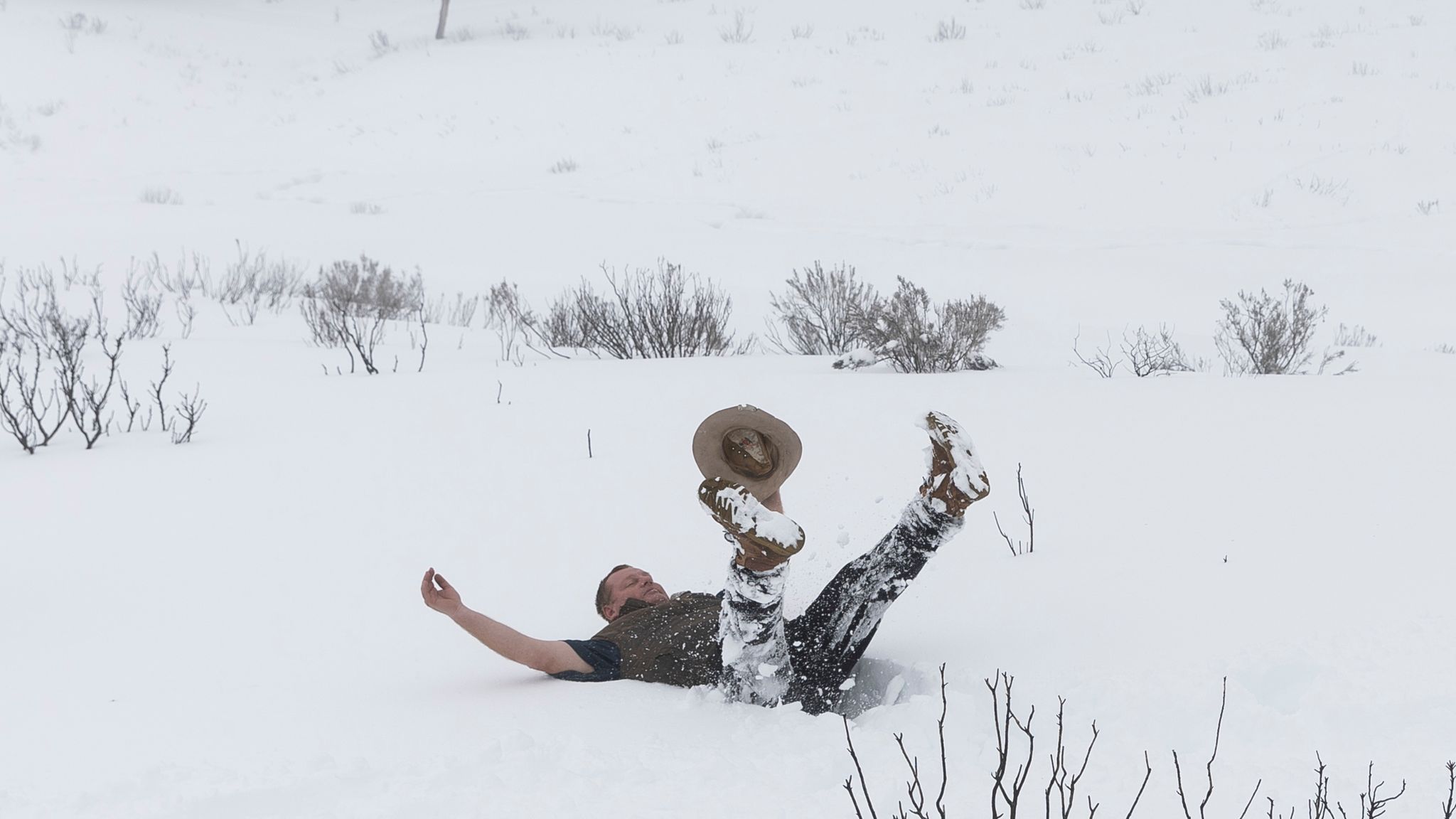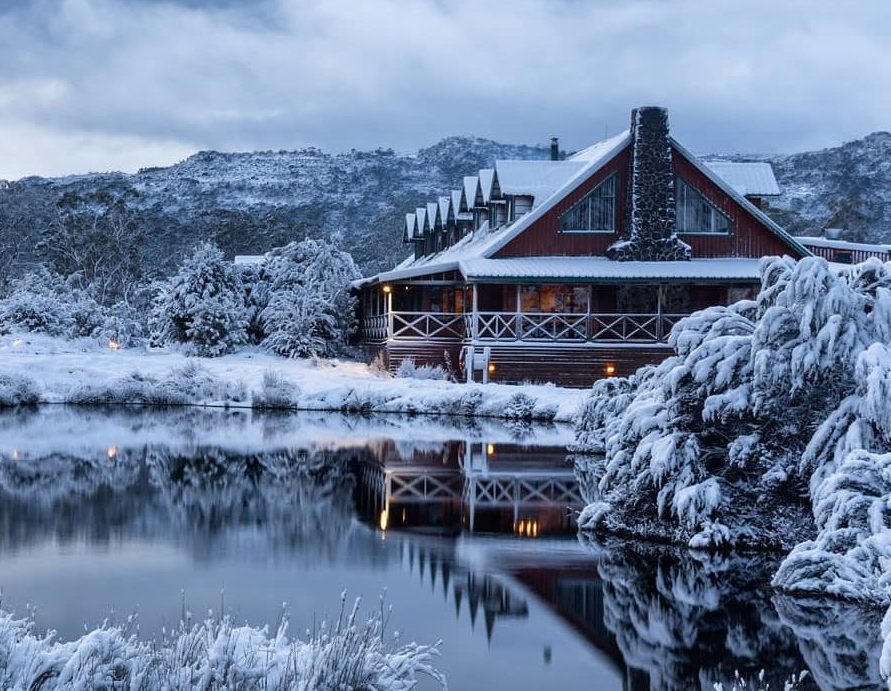Discover About the Unique Weather Patterns That Cause Snow In Australia Each Winter
Discover the Fascinating Results of Snow in Australia on Neighborhood Ecosystems
In spite of its online reputation for sun-soaked landscapes, Australia also flaunts areas blanketed by snow-- a sensation that profoundly affects the nation's unique ecosystems. The protecting residential or commercial properties of snowflakes protect vegetation and fauna in the middle of the chilliest winter seasons, while the melting snow supports rivers and marine life.
The Unexpected Areas of Snowfall in Australia
Although Australia is typically related to sandy coastlines and sun-scorched landscapes, specific areas remarkably experience snowfall. The high country areas of New South Wales, Victoria, and Tasmania are especially known for their winter season snow. The Snowy Hills in NSW, for example, receive abundant seasonal snow, offering a stark contrast to the nation's common warm, dry environment. The Victorian Alps and parts of Tasmania likewise see yearly snowfalls, transforming the landscape right into a winter paradise. These locations are not just abnormalities however indispensable parts of Australia's varied environment system. The presence of snow in these regions substantially affects neighborhood environments, consequently impacting the nation's distinct biodiversity. The certain influence on Australia's distinct vegetation will certainly be talked about in the next section.

How Snow Impacts Australia's Distinct Vegetation
While it might appear uncommon, snowfall in Australia plays a critical duty fit the country's special plants. The snow-filled winters foster resilience in Australian plant species. This is particularly apparent in the sub-alpine and alpine regions, where snow gums and hill plum-pines prosper. These plants have actually evolved to survive in severe conditions, with snow acting as a protective covering from rough winds and freezing temperatures. The snow likewise contributes to the wetness material of the soil, offering necessary hydration for plant throughout the completely dry summer season. Basically, the snow affects the timing of flowering and seed dispersal, the development prices, and the survival of numerous plant varieties, showcasing the intricate interaction between environment and flora in Australia.

The Adaptations of Australian Fauna to Snowfall
Equally as Australia's vegetation has actually adjusted to the wintery problems, the neighborhood fauna as well, display remarkable adjustments to the snowfall. Types like the Mountain Pygmy-possum, the only Australian marsupial recognized to hibernate, have actually progressed strategies to make it through in snowy environments. It makes use of the snow as insulation, hibernating in rock holes below the snow to remain warm. Similarly, the Snow Skink, a species of lizard, transforms its colour to white during winter months, supplying camouflage against predators. Birds such as best site the Snowy Hills' Crimson Rosella additionally readjust their diets to eat offered food sources during chillier durations. Thus, regardless of the extreme problems, Australian animals demonstrates a resilient and flexible nature, guaranteeing their survival in areas experiencing snowfall.
The Duty of Snow in Shaping Local Communities
In forming the local ecosystems, the duty of snow in Australia is both multilayered and extensive. Snow gives a vital water resource, feeding rivers and storage tanks as it melts, thus supporting a selection of water life types. The presence of snow shapes the vegetation patterns, animal behavior, and overall sustainability of Australia's special environments.

The Future of Snowfall in Australia: Forecasts and Effects

Given the critical duty snow plays in forming local environments, the future of snowfall in Australia is drawing increasing attention from environmentalists and scientists. Much less snow can result in minimized water accessibility in towering areas, detrimentally affecting wildlife environments and plant life. The tourism industry, greatly dependent on the Visit This Link winter season snow period, may likewise deal with substantial difficulties.
Conclusion
The role of snow in Australia's ecological communities is critical yet frequently overlooked. It acts as a guard, a nurturer, and a shaper of diverse alpine species, contributing to the richness of Australia's high nation. As climatic patterns proceed to move, comprehending the effects and prospective improvements of these snow-influenced ecosystems is essential. Thus, the snow in Australia is much more than an all-natural spectacle; it's an essential player in the nation's ecological narrative.
Despite its credibility for sun-soaked landscapes, Australia likewise boasts regions buried by snow-- a sensation that greatly affects the country's distinct communities. It utilizes the snow as insulation, hibernating in rock gaps beneath the snow to stay over at this website cozy - Snow In Australia.In shaping the regional communities, the duty of snow in Australia is both profound and multilayered. The visibility of snow forms the plant life patterns, animal habits, and general sustainability of Australia's one-of-a-kind ecosystems
Given the critical duty snow plays in forming regional ecosystems, the future of snowfall in Australia is drawing enhancing focus from environmentalists and scientists.